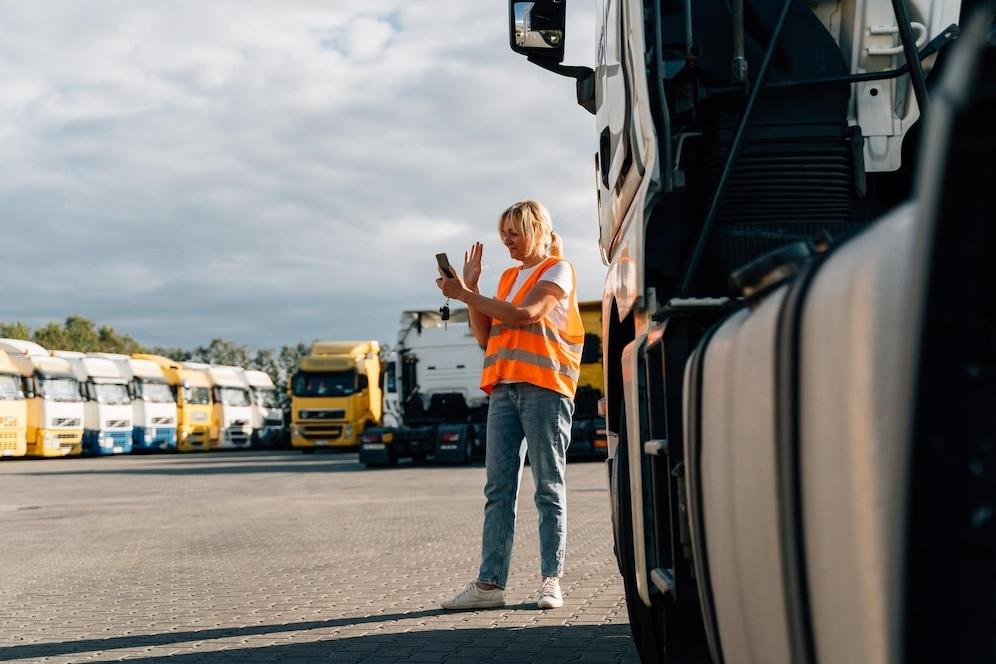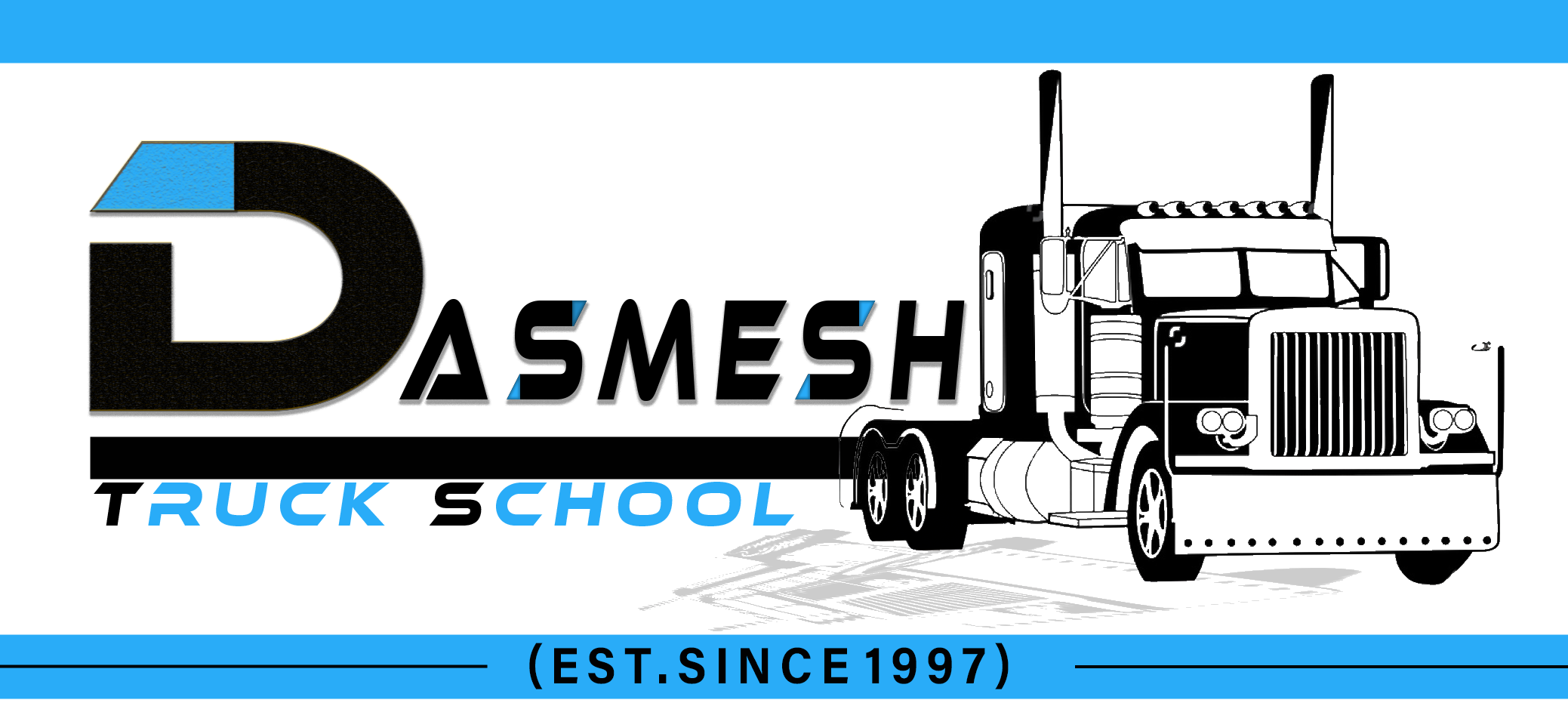If you’re looking a career in the trucking industry, obtaining a Commercial Driver’s License (CDL) is a crucial first step. But let’s be real—CDL training can be expensive. The good news is that there are paid CDL training programs available in California, where you can get your training without breaking the bank. Whether you want to transport goods across states or drive local routes, finding the best paid CDL training in California will help you achieve your career goals. In this blog, we’ll explore how paid CDL training works, different CDL classes, and essential things to consider before choosing a program.

What Is Paid CDL Training?
Paid CDL training is a program where you receive training to earn your CDL without having to pay for the course upfront. In many cases, employers or schools will cover the cost of training, and in return, you agree to work for a certain period (usually 1-2 years) with that employer.
This structure benefits both the employer and the aspiring driver. You get a professional license and job placement without worrying about student debt, while the employer gets a qualified driver to fill a high-demand role. It’s a win-win situation, but it’s important to know the ins and outs of these programs before jumping in.
Why Choose Paid CDL Training?
1. Cost Savings
One of the main reasons people opt for paid CDL training is the cost-saving aspect. Traditional CDL programs can run from $3,000 to $7,000, which can be financially burdensome for many aspiring truckers. With paid training, you can learn the skills you need without worrying about upfront fees.
2. Guaranteed Job Placement
A huge benefit of paid CDL training is job security. Upon completion of the program, you usually have a guaranteed job waiting for you. This allows you to hit the road right after earning your CDL, helping you avoid the stress of job hunting.
3. Hands-On Experience
Most paid CDL programs offer hands-on driving experience. You’ll be learning to operate commercial vehicles under the supervision of experienced drivers, which prepares you for real-world scenarios. Whether it’s long-haul trucking or local deliveries, this experience is invaluable.
4. Path to Specialization
Paid CDL programs can also offer specializations. For example, CDL Class B training allows you to operate lighter, medium-sized trucks such as dump trucks or school buses. If you prefer not to drive large 18-wheelers, this can open the door to more specialized and often local driving jobs.
Understanding CDL Classes: Which One Is Right for You?
Before enrolling in any program, it’s important to understand the different types of CDL licenses. This will help you decide which route to take depending on your career goals.
CDL Class A
A Class A CDL allows you to operate large commercial trucks with a Gross Vehicle Weight Rating (GVWR) of 26,001 pounds or more. This includes tractor-trailers, 18-wheelers, and tanker trucks. A Class A CDL gives you the most flexibility and is typically required for long-haul trucking jobs.
CDL Class B
A CDL Class B license is for medium-sized trucks, such as dump trucks, buses, and delivery vehicles. These vehicles have a GVWR of less than 26,001 pounds but are more specialized. This license is ideal if you’re more interested in local driving jobs and don’t want to drive cross-country.
CDL Class C
A Class C CDL allows you to drive smaller vehicles, such as passenger vans and hazmat vehicles. This license is typically for people who are interested in transporting specific types of cargo, such as hazardous materials.
If you’re still unsure which class to choose, many programs will help guide you through the decision process based on your career interests.
How Paid CDL Training Works in California
Paid CDL training in California typically involves the following steps:
- Application and Admission: You first need to apply to a paid CDL program. Some programs require a high school diploma or equivalent, while others may have specific qualifications related to age and driving record.
- CDL Permit: Before starting hands-on training, you’ll need to obtain a commercial learner’s permit (CLP). This involves passing a written exam on general trucking knowledge, safety rules, and state regulations.
- Hands-On Training: After obtaining your CLP, you’ll begin hands-on training. This is where you’ll learn to operate commercial vehicles, perform safety inspections, and handle different driving conditions. This portion typically lasts anywhere from 3 to 6 weeks.
- CDL Exam: Upon completing your training, you’ll take the CDL exam. This includes both a written test and a driving test. Once you pass, you’ll be awarded your Commercial Driver’s License.
- Commitment Period: Once you’ve completed the program and earned your CDL, you’ll usually be required to work for the sponsoring employer for a set period. This is the trade-off for receiving free training.
Things to Consider Before Enrolling in a Paid CDL Program
1. Commitment Duration
One of the most important things to consider is the length of your commitment to the sponsoring company. Some programs require you to work for a specific employer for 1-2 years. Make sure you’re comfortable with this commitment before enrolling.
2. Training Quality
Not all paid CDL programs are created equal. Research the program’s reputation, reviews, and success rates. Ask questions about the curriculum, instructors, and the level of hands-on training you’ll receive.
3. Location and Schedule
Check the location of the training facility and whether the schedule is flexible. Some programs offer day or evening classes to accommodate different schedules, while others may require full-time participation.
4. Post-Training Career Opportunities
While the training program may guarantee a job, it’s essential to look at the long-term opportunities. What is the career growth like? Will you have the chance to advance, earn higher pay, or move into specialized fields?

CDL Class B Training: Why You Might Choose It
If you’re interested in local driving and prefer not to deal with long-haul trucking, CDL Class B training might be the better option for you. This license allows you to drive smaller vehicles, making it ideal for people who want to stay closer to home. You can drive:
- School buses
- Dump trucks
- Delivery trucks
- Garbage trucks
CDL Class B drivers typically work more regular hours compared to Class A drivers and have a better chance of returning home each night. However, keep in mind that the pay may be slightly lower than long-haul trucking jobs, but the trade-off is stability and work-life balance.
Conclusion
Paid CDL training is an excellent way to start your career in the trucking industry without the burden of upfront costs. California offers a range of options that provide both training and job security. Whether you’re aiming for long-haul routes with a Class A CDL training or prefer local work with CDL Class B training, paid programs can open the door to a fulfilling and well-paying career.
Before committing to any program, make sure you thoroughly research your options and consider the long-term opportunities. Trucking is a stable and rewarding profession, and with the right training, you’ll be well on your way to a successful career in the field.
